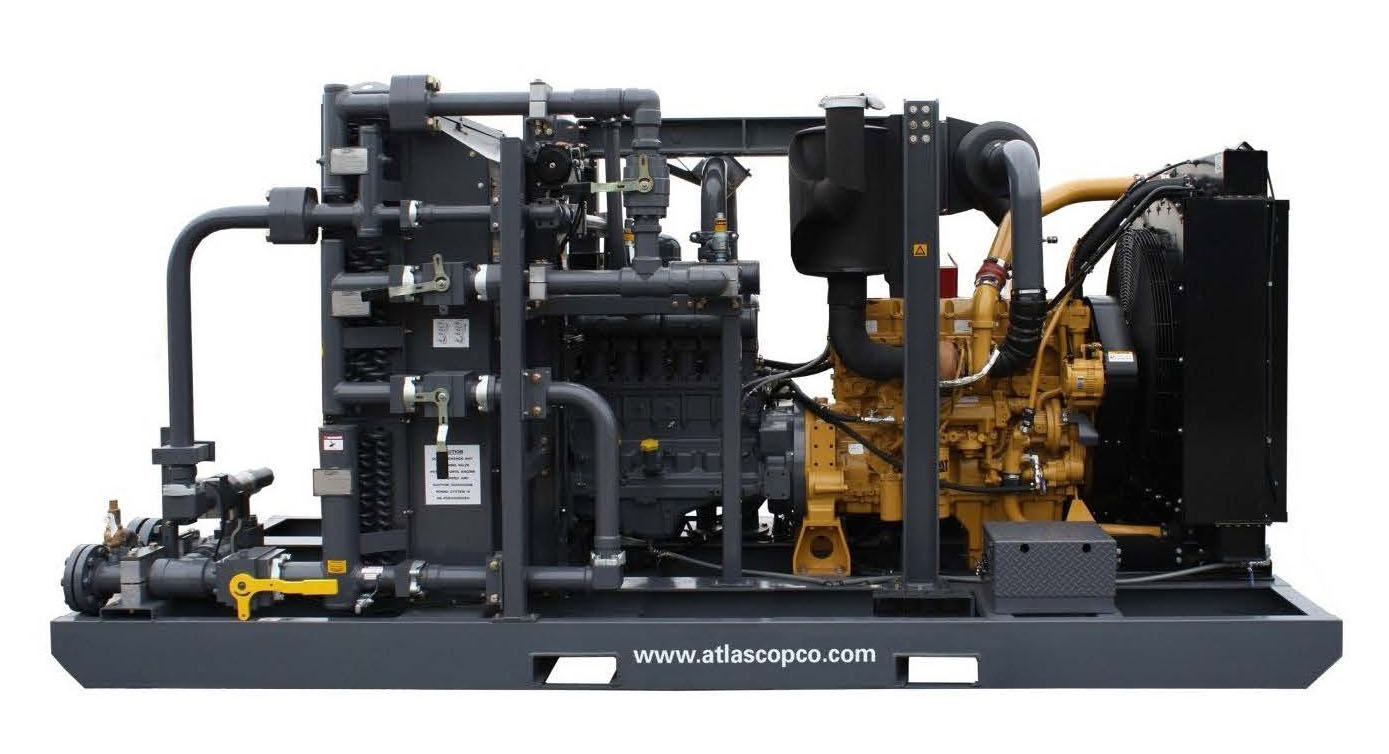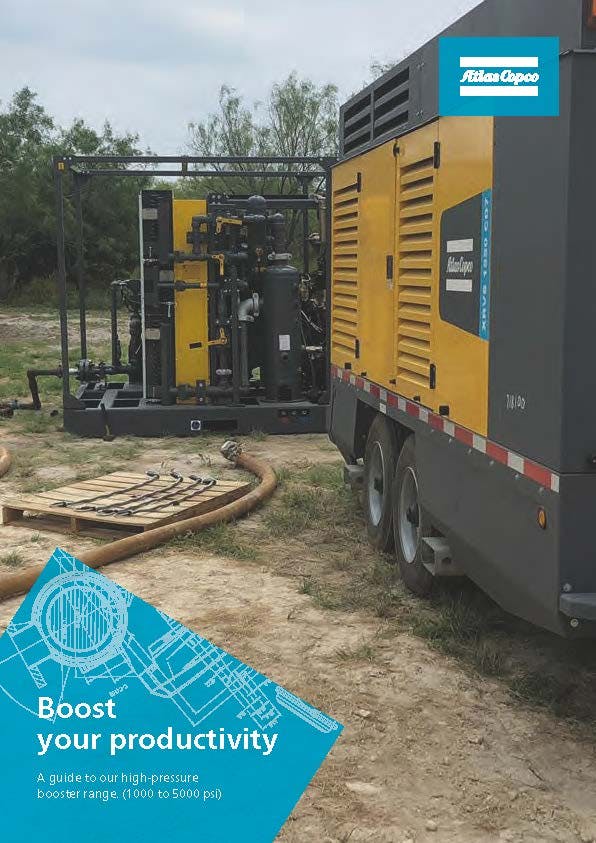Normal Business Hours: 7:30AM - 5:00PM (Mon-Fri)
After Hours Service Available: 833.585.6340
Normal Business Hours: 7:30AM - 5:00PM (Mon-Fri) | After Hours Service Available: 833.585.6340
New Air Compressor Boosters
Air Booster Products
500-4500 CFM | 1000-5000 PSI
Compressed air boosters play a critical role in industrial environments where high-pressure air is necessary. By enhancing the capabilities of existing air compressor systems, they offer a reliable, efficient, and cost-effective solution to meet demanding industrial requirements. Whether for manufacturing, pressure testing, or specialized industrial processes, these boosters are indispensable tools that ensure optimal performance and productivity in various applications. For those looking to invest in compressed air boosters, understanding their functionality and benefits is key to maximizing their operational efficiency.
Available Models
B4-41/1000
1400 CFM @ 1000 PSI
B7-41/1000
2160 CFM @ 1000 PSI
B7-42/2175
1288 CFM @ 2175 PSI
B7-43/3000
500 CFM @ 3000 PSI
B7-43/4000
750 CFM @ 4000 PSI
B7-44/5000
530 CFM @ 5000 PSI
B13-62/2175
1932 CFM @ 2175 PSI
B18TT-61/1000
4500 CFM @ 1000 PSI
B18-62/2175
2900 CFM @ 2175 PSI
B18-63/3000
2000 CFM @ 3000 PSI
B18-63/4000
1900 CFM @ 4000 PSI
B18-62/2250
2185 CFM @ 2250 PSI
B18-63/4000
1900 CFM @ 4000 PSI
B18TT-63/5000
2144 CFM @ 5000 PSI
How it Works:
Air compressor boosters are commonly used in various industrial applications where high-pressure air is required, such as in pneumatic tools, gas compression, and air-powered machinery. They allow for the efficient utilization of low-pressure air sources by boosting the pressure to the required level.
Here is how compressed air boosters typically work:
1. Low-pressure air intake: The booster takes in low-pressure air from an external source, in this case, an air compressor.
2. Compression chamber: The low-pressure air enters a compression chamber within the booster. This chamber contains a piston or multiple pistons.
3. Reciprocating motion: The piston(s) move back and forth within the compression chamber. When the piston moves in one direction, it compresses the air trapped in the chamber.
4. Valves: The booster is equipped with inlet and outlet valves. These valves open and close at specific times to control the flow of air. During the compression stroke, the inlet valve opens to allow air into the compression chamber, while the outlet valve remains closed to prevent air from escaping. During the expansion stroke, the inlet valve closes to prevent air from entering the chamber, while the outlet valve opens to allow compressed air to flow out.
5. Pressure increase: As the piston(s) compress the air in the chamber, the pressure of the air increases. This process continues until the desired pressure is reached.
6. High-pressure air output: Once the air reaches the desired pressure, it is expelled from the booster through the outlet valve.
7. Control system: The booster may be equipped with a control system to regulate the operation of the piston(s) and valves, ensuring efficient compression and maintaining the desired output pressure.

